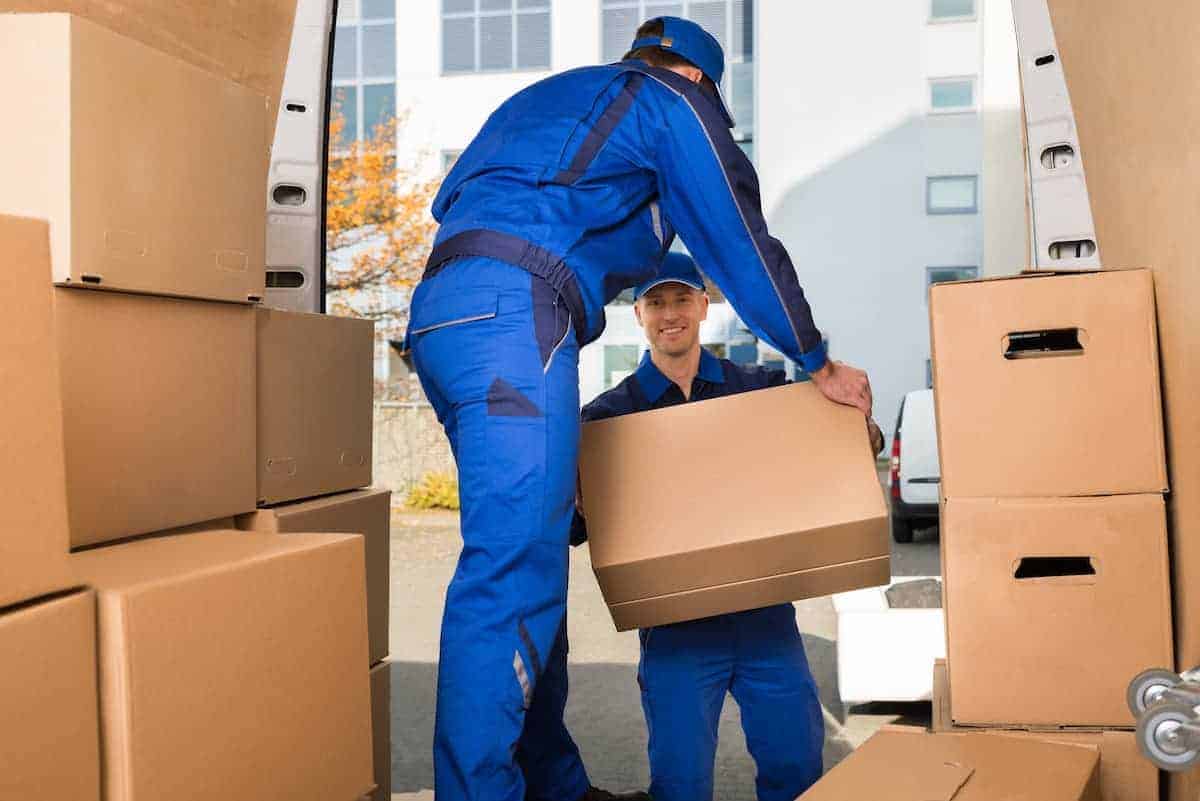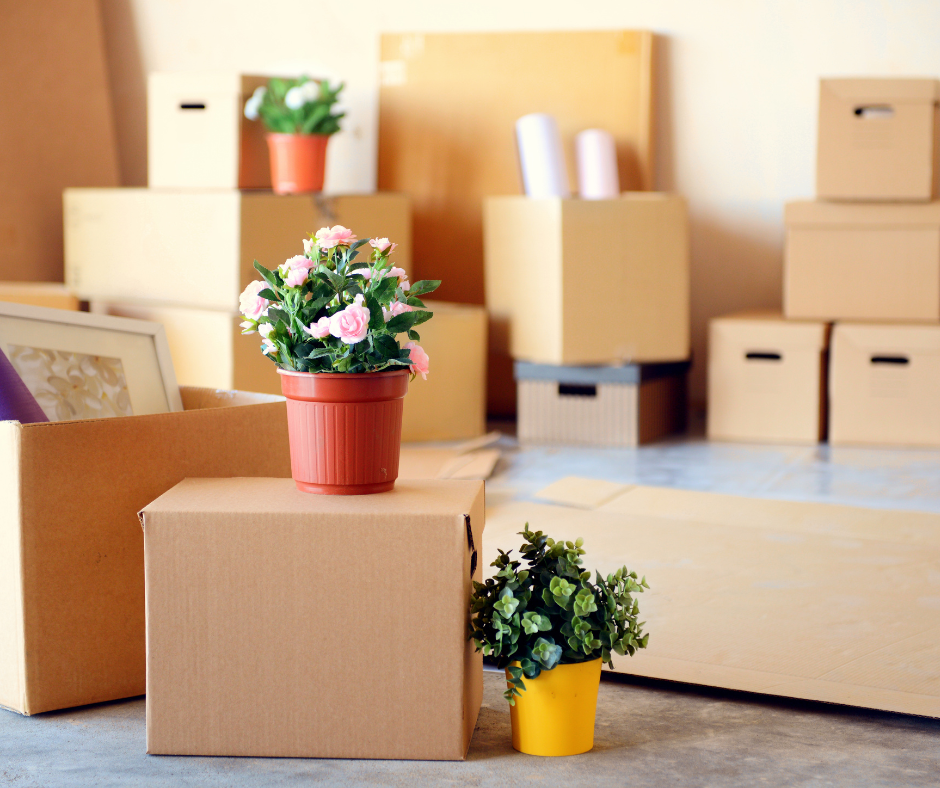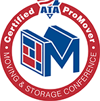Doing a whole lot of your moving task is definitely going to be a hectic one. However, with an accurate organizational know-how, it can be achieved.
That you do not have a degree in organization doesn’t mean you can’t achieve an organized move. With the help of today’s moving tools, it’s easier than ever to put together a well-coordinated relocation.
For tips and resources on getting organized before, during and after an office move, keep reading!
Below are tools that you can use to organize your relocation;
Harness the power of technology to make your upcoming move an easier, smoother and memorable experience.
Download helpful moving apps and have them in your phones for easy assess to tips for your move.

Here are six helpful moving apps to assist with all of your moving needs.
i. Sortly;
Described as “the ultimate organizer app,” Sortly helps users create and have a visual inventory of their office property with phones, notebooks, files, and more.
ii. Nextdoor;
This enables you to connect with neighbors on the same office apartment, sell your property and find local office improvement professionals with the Nextdoor mobile app.
iii. Houzz;
This mobile app helps users find office remodeling professionals, as well as inspiration for office design and decorations.
iv. Realtor.com;
This real estate app helps users find offices, apartment rentals and open house listings directly from the MLS. It also allows users to research neighborhoods and office prices.
v. LetGo ;
Need to purge your stuff before a move? This mobile app makes it easy to sell your belongings at the touch of a button to ready to buy clients.
vi. ParkMobile ;
Whether you’re renting a truck rental or driving your own car, ParkMobile may come in handy when reserving street parking. The mobile app makes it possible for those parking on the street to pay from their phone via credit card for the amount of time they wish to park.
Creating and maintaining a professional moving binder is one of the best strategies for staying organized during a move.
Not only do moving binders make it easy to keep track of all moving contracts and receipts, but they also help consolidate all moving tasks into one easy-to-find place.
Items that can be stored inside of a moving binder include:
- Moving checklists
- Moving receipts
- Utility company phone numbers
- List of donations
- Donation receipts
- Floor plans
- Design/decor ideas
- Contractor bids
- Medical records
- Financial documents
- Moving company paperwork and many more.
Moving to a new office often involves many moving parts. From dealing with moving company logistics to handling financial obligations, there are numerous details to keep track of during an important move. Unfortunately, figuring out what you need to do and when you need to do it isn’t easy.

The answer? Create a detailed moving checklist for your forthcoming relocation. Having this list of to-dos on-hand will make it possible to manage the moving parts of your move, and do so in an organized and timely manner.
Fortunately, Moving.com’s move planner includes printable moving checklists for every type of relocation. In addition, you can create your own customized moving checklist to organize all of your different tasks by week for a successful move.
Don’t just pack up your belongings. Instead, come up with a section-by section packing strategy for moving.
To begin, decide which section or cubicle to tackle first. Start with the section containing non-essentials (in other words: items you won’t need in the weeks leading up to your move). This could include the rest room, library, storage closet.
Cubicles that should be packed up last include the IT sections and records. These rooms will most likely need to be used in the days leading up to your move.
Once you’ve decided when to pack various sections, you’ll need to figure out the amount of moving supplies needed.
As you pack your boxes, make a list of what each box contains. This will help you to keep track of your belongings (what’s been packed and what hasn’t been packed) and will help with locating your items on arrival.
A common method is to number all boxes and then write itemized lists for each corresponding numbered box. Other ways to include itemized lists include placing the lists inside of the boxes or taping the lists to the outside of the boxes.
Ensure you label your moving boxes by corresponding location. Take it one step further by color coding those labels. This will make it easier to spot your belongings on the moving truck and in your new office.
Fortunately, you can find color-coded labels marked with corresponding rooms from a number of retailers including Walmart and Amazon.
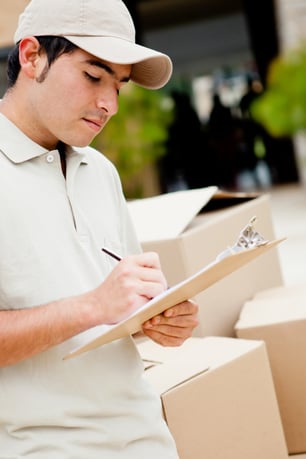
Color-coded system can also be created by you using multicolored tape. For example, assign all boxes marked with yellow tape to the account sections, all boxes marked with pink tape to the IT department, etc.
Need to cancel or transfer your utilities when you relocating? Make sure to keep all utility information organized by keeping a list of contact numbers for each monthly service provider.
Utilities may include cable and internet, water and sewer, electricity, satellite, security system, trash and phone. Once contact numbers have been compiled, we recommend keeping the list inside of your moving binder.
Make a list of all furniture, electronics and other office belongings that you wish to donate before or after the move. Once the list is complete, decide where you want to donate these items.
A few of our favorite recommendations include the Refugee camps, Salvation Army, Habitat for Humanity and Goodwill. After donating your items to a charity, you should receive tax-deductible donation receipts.
To avoid losing these receipts, place them inside of your moving binder, along with your itemized list of donated belongings.
If you’ve ever moved electronics, you’re probably no stranger to the twisted up mess that becomes of your cords and wires. Unless you want to spend hours untangling numerous cords from one another, we suggest organizing and labeling all cords before they are packed.
To do so, simply wrap and secure each cord with a twist-tie. Then, place the wrapped cord inside of a zip lock bag and label it with a sharpie marker, according to its corresponding electronic device.
Finally, don’t forget to pack your moving day essentials box or bag. Without it, your move could end up being a less than pleasant experience. We recommend first making a checklist of all moving day essentials.
This Essential box or bag should contain vital things such as;
- Medications and a first aid kit for emergencies during the move
- Toiletries
- ID and credit cards
- Important documents
- Trash bags
- A tool kit
- Bottled water for members of staff
The best way to get organized for a move is to use our well outlined Move Planner. We’ll provide you with a customized moving checklist fit to meet your moving needs, personal tasks list, helpful recommendations, email reminders and a lot of information to get you organized.
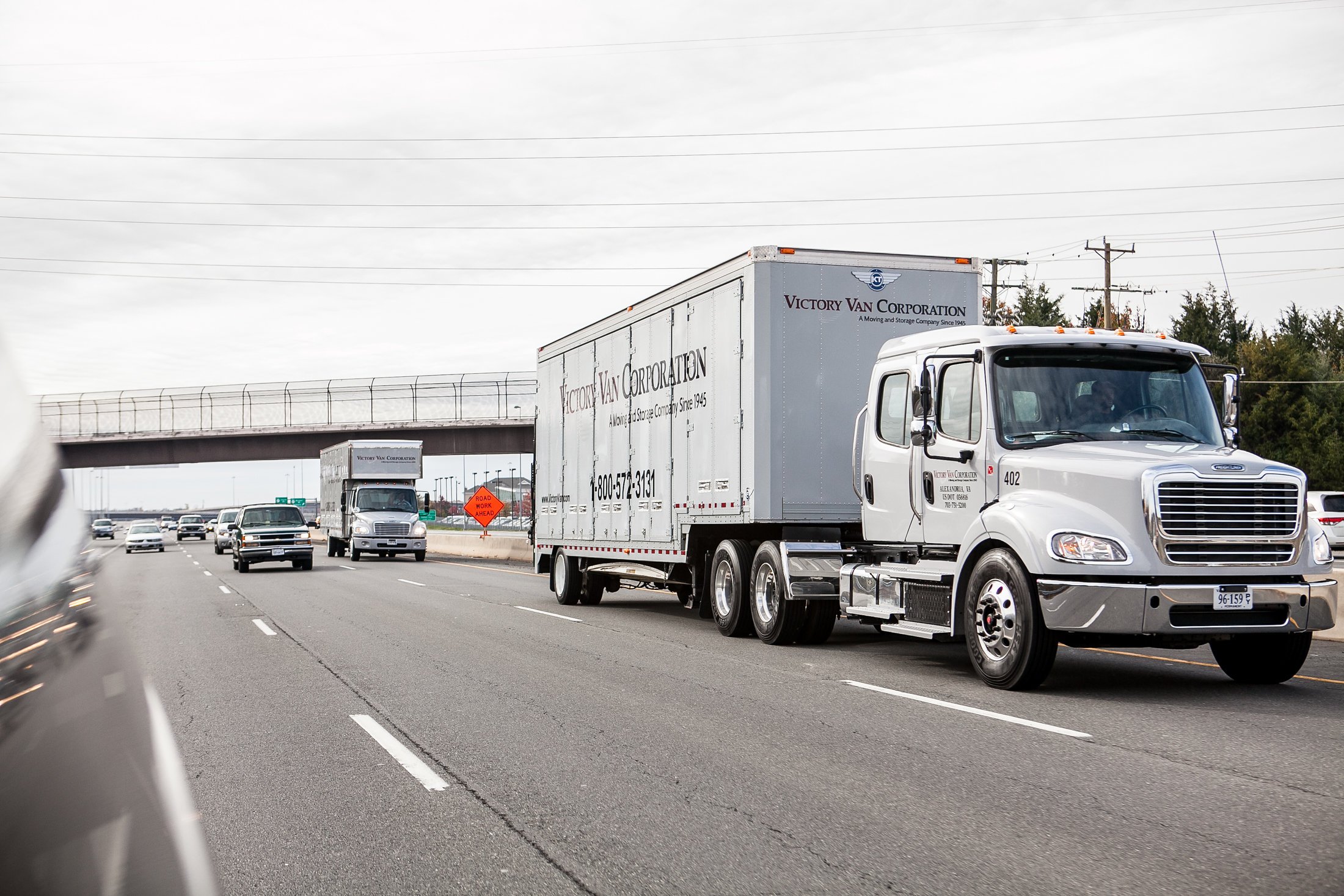
Also when choosing a moving company; think Victory Van cooperation. Happy moving!
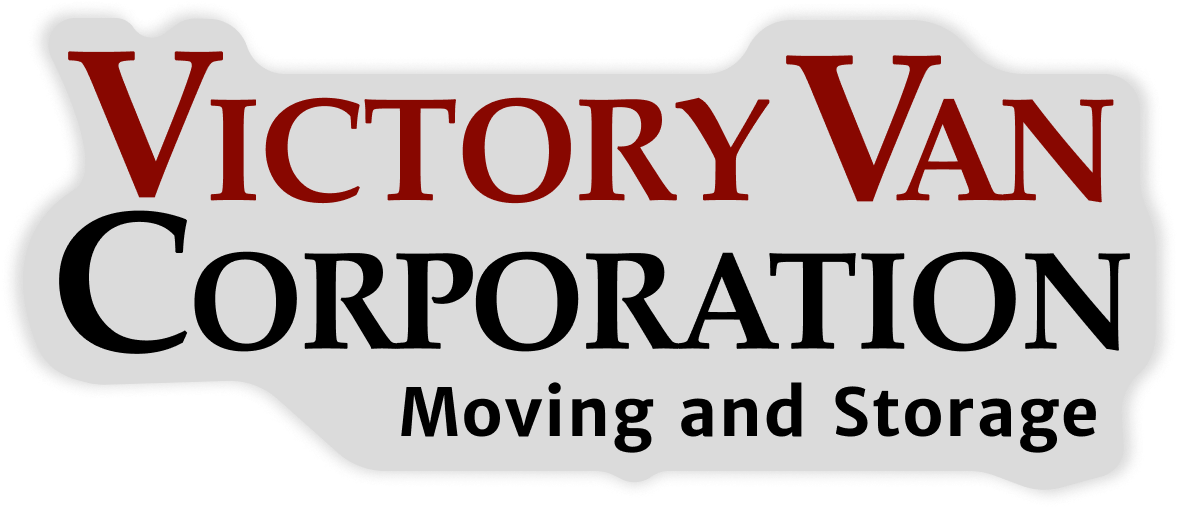


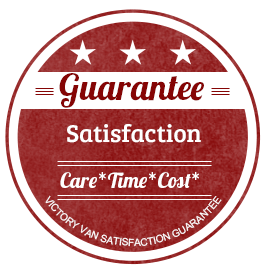


.png)
